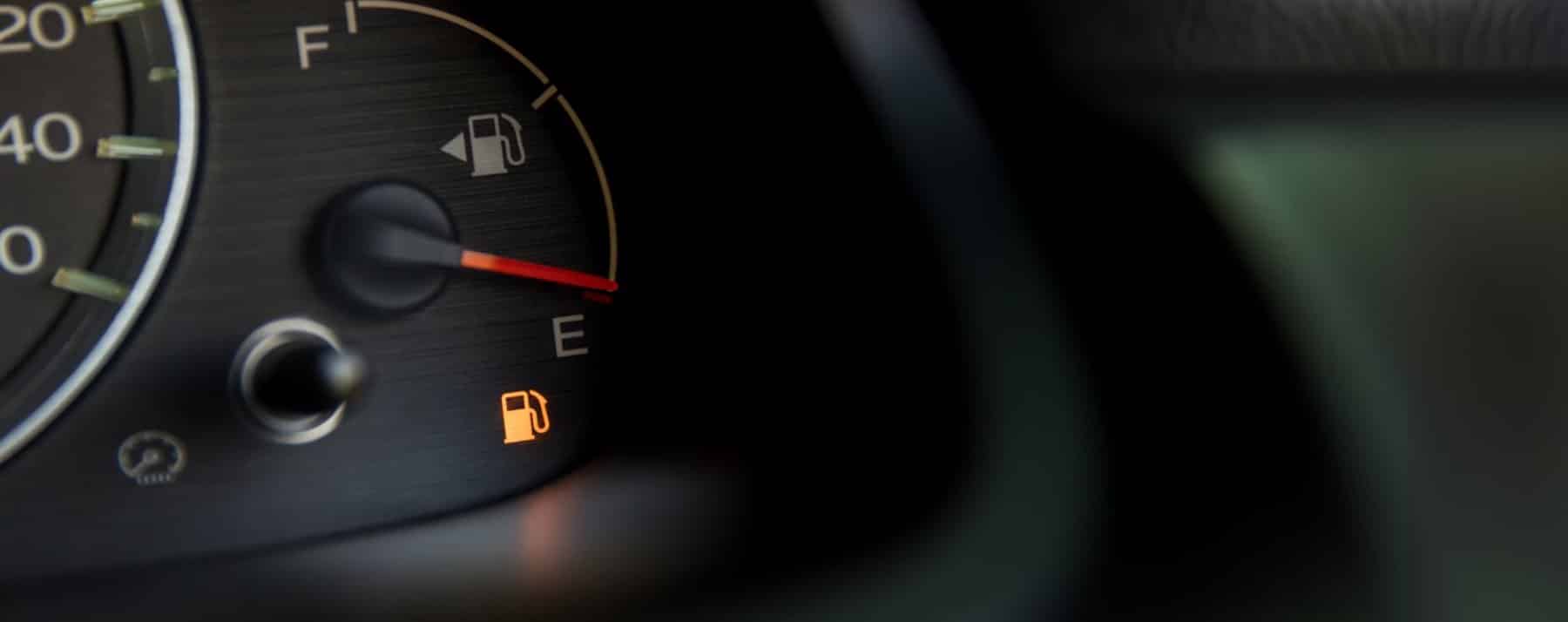All electric cars have them – in the dashboard, or on an app downloaded onto your smartphone. Technically, it’s called the ‘tool for predicting remaining kilometres’, but its quirky nickname is a bit more compelling.
Ladies and gentlemen, allow us to introduce you to… the guess-o-meter!

When was the guess-o-meter invented?
The guess-o-meter’s predecessor was created by combining the combustion engine with digital instrumentation. It was software that used various estimates – which became more and more sophisticated as technology improved – to translate the amount of remaining fuel in the tank into the number of kilometres left before you needed to stop and fill up.
When it calculated the final figure, on-board computers didn’t just use factors from your journey – road gradient, traffic, the condition of your car’s components, the type of tyres you have – it also used fuel consumption figures from your driving history.
Your EV’s guess-o-meter
If the guess-o-meter in a petrol or diesel car had its flaws (e.g., how can it estimate remaining kilometres when the float used to provide fuel level information isn’t precise?), the guess-o-meter in electric cars is still far from being 100% perfect.
The ‘fault’ is caused by overestimating a car’s range, something car producers do regularly.
But is this really a problem? Well, only partly. Let’s have a look why.
Like a good relationship
Ultimately, the secret is to listen. Getting to know your electric car’s guess-o-meter is the key to dealing with the dreaded stress of ‘I don’t know how much range I’ve got left’.
Let’s take a step back. When you drive a petrol or diesel car, you rarely find yourself panicking about running out of fuel (unless you’ve just got your licence). Maybe it’s because, subconsciously, we know our car’s timings and rhythms; maybe it’s because we’ve driven many, many kilometres; or maybe knowing when to fill up is something passed down over generations, something learned by osmosis.
Now, with electric cars, we have to learn new procedures and new mental schedules. We also have to learn how long our electric car’s battery lasts. And there’s a strange paradox: the more digital technology seems to reassure us all the time that everything is under our control, the less we trust the numbers shown on the display.
It’s a conundrum. How is it that when you parked in the garage last night, the guess-o-meter showed a range of 175 kilometres, but this morning, when you’re driving, it only shows 169? What’s going on?
You need to listen to your car before you trust the guess-o-meter. You need to ‘listen’, predict, anticipate. It’s like being in a good relationship.
Don’t dive too far into the technology. It’s better to have a bit of empathy with your car.
Because battery charge isn’t just a simple measurement, it’s a complex statistical estimate; because temperature has an enormous impact on these calculations; because your car’s efficiency (the other parameter used to calculate remaining range) is calculated using mathematical formulas that are apparently less credible than looking in a crystal ball; and because driving conditions can alter hundreds of parameters imperceptibly…all at the same time.
So, read the number on the display. Then pay attention to your car, the way your drive, your mood. And at that point, interpret it.
And if you have doubts, download the Be Charge app. You’re never too far away from a charging point.

So, what’s the answer to the conundrum? Your guess-o-meter hasn’t gone mad. It’s just that you’ve parked in a cold place, which has affected your battery’s charge, and when you last drove – last Friday afternoon, you were going home from work, you were looking forward to the weekend and you had the radio on full blast throughout the journey. Clear enough?







